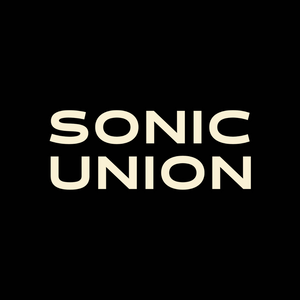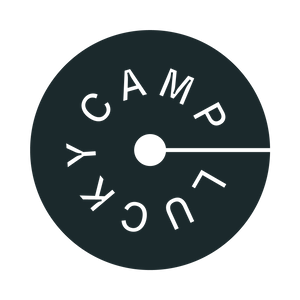
Sonic Spaghetti: Mixing It Up with Sound Designers in the Studio

If sound designers are sonic sorcerers, then their studios are the equivalent of their wizard towers, where they have everything just so in order to weave their magic. Here we catch up with creative audio professionals at a range of top sound design companies as they guide us round their sound design workspaces to find out how an inspiring studio environment can help them with their creative process.
Kelly Oostman
Sound designer and mixer, Sonic Union
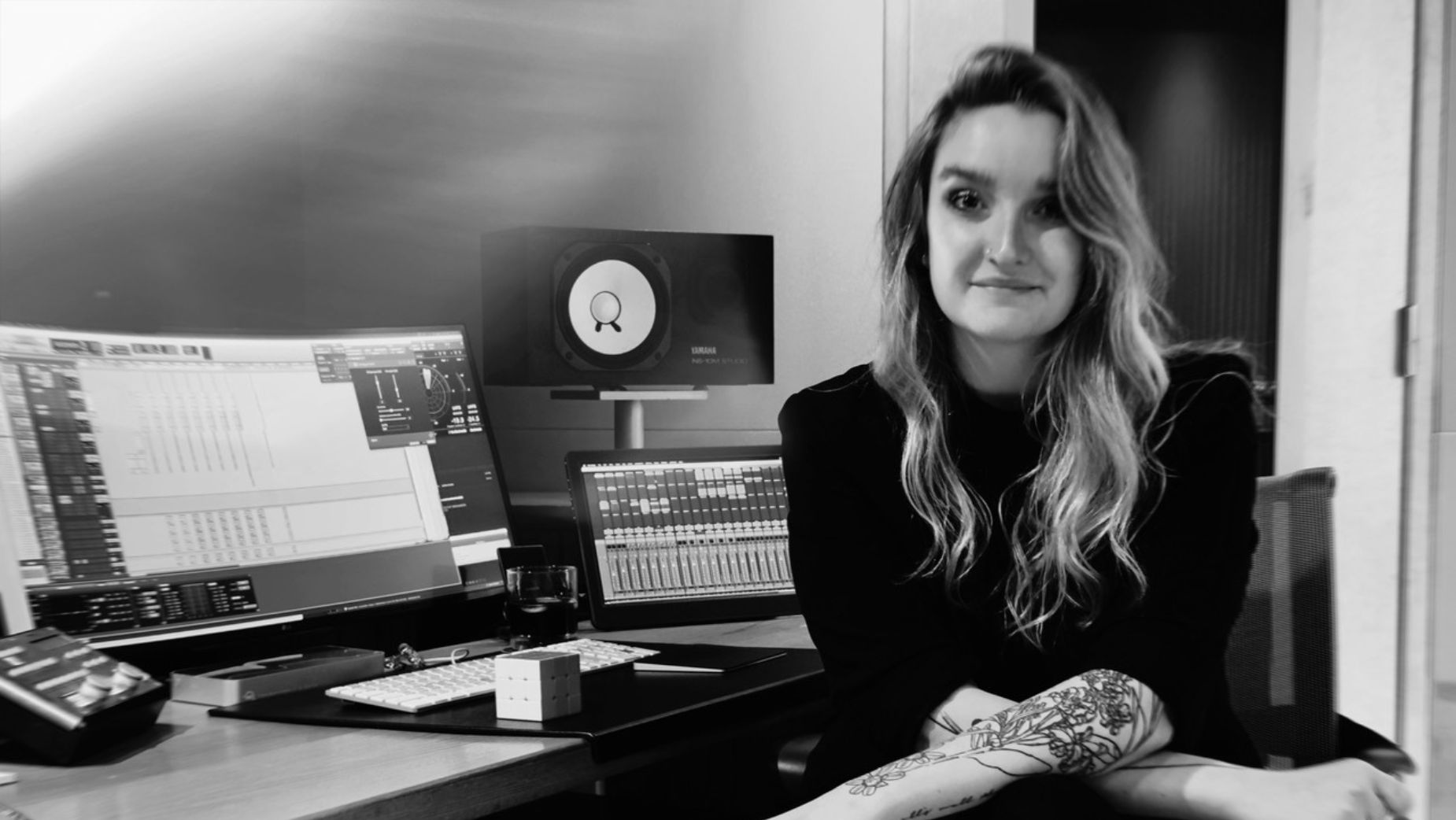
LBB> Take us through your studio set up.
Kelly> Of first and foremost importance, every studio should have a nice big open wall as a target for hurtling sound design spaghetti, repeatedly, to see what sticks (figurative of course, flat open walls are sonically reflective as hell). In all seriousness, creative openness is more important than any singular piece of equipment or library of effects. If each person walks into the space with an open mind to collaborate with a team of creatively passionate people in order to build a project, we’re all proud of and inspired by, there’s nothing better.
As for my particular quirks about a physical studio space, I carry a trackpad and Rubik’s Cube with me wherever I go. The trackpad baffles many other engineers, but I find it far more operationally versatile and doesn’t give me a bear claw hand after using it for long periods of time. The Rubik’s Cube is a little mental trick I picked up several years ago. It’s easy to get lost in the sauce and miss the woods for the trees - that still tend to make sound even when unobserved - so solving a Rubik’s Cube while listening down to a mix forces me to take a step back and put myself in the ears of a casual listener. It also occupies my hands so I can appreciate the entire piece as a whole for a moment rather than tweaking willy-nilly.
LBB> What does an average day in the studio look like for you?
Kelly> “Noodles, meet the wall!” Rinse and repeat.
LBB> How do you like to start a project?
Kelly> When jumping into a new project, I usually like to open with an almost “pre-production” meeting (silly as it may seem since I work in post-production) simply because I always want to be conscientious of the original creative vision and make sure that every piece that I touch is harkening back to the creative concept and supporting the vision of the project as a whole.
These conversations tend to range from “tell me about what you imagined this project would sound like when you dreamt it up?” to “what stones have collected in your shoes along the way and how can I help?” and often end up somewhere in the land of “what’s your least favourite part about this project and how can we change that?”
LBB> What helps you get into the creative zone?
Kelly> Personally, the nature of the project really plays a heavy role in determining how best to prepare to delve into a creative zone.
For example, working on this project for BMW sound design is immensely embedded in the world of the performance of the car and driver. The sounds of the engine are captured on set but often, because of camera angle restrictions, they may not be recorded from the actual shot in the edit. Luckily, our creative team is incredibly dedicated to making sure they capture accurate audio of the car revving, passing, skidding, etc. My job is to comb through the production audio and match the appropriate engine sound to the action the car and driver are performing in the shot and build sonic dynamism behind the badass sound of the car ripping around the track. Whooshes, swooshes, booms, impacts, etc. all compile to show off the organic sound of the car performing.
Similarly, working on the Hanes 1901 longform, the creative team and I spoke extensively about immersing the listener in the diegetic sounds, environments, discomforts of the 1901 world, and using sound design and music to transition to a non-diegetic Heart of Glass prompted dance party. It was a fun challenge to contain my sound design to incredibly precise and realistic sound beds and (like the actual plot of the short film) unleash when the music builds and create more fantastical and whimsical sound design as the world within the story grows.
For a different example entirely, I have been working on an audio drama with my creative partner, Colby J. Herchel (who is also the writer/director), called Rocking Chair. An audio-only project presents a completely different set of challenges because you’re not limited to the act being performed on the screen, you’re only limited by your imagination. Early on, Colby and I developed a non-prescriptive language to communicate creatively by simply discussing the way the world of Rocking Chair should feel. He would describe a specific room/physical space/scene within the narrative and how one should feel if they were to step foot in that place or describe the magic of the world and what emotions the sound design should evoke from the audience. Through that conversation, I build layers of sound design to immerse myself in the narrative to weave a sonic world for the listener to sink into and imagine themselves a part of.
LBB> What new technology or new 'modern convenience' has really been a game changer when it comes to how you weave your magic in the studio?
Kelly> It’s so difficult to point to just one piece of new technology that has made a huge impact, the constant evolution and innovation of technology blows my mind. The secret is to remain teachable and open minded to new tools and techniques in order to grow with the audio industry and expand our skills as creatives and engineers. To me, there’s nothing more thrilling than acquiring a new audio toy and expanding the possibilities of creative sound design. That being said… also a big fan of indoor plumbing.
Eric Hoffman
Senior Sound Designer/Mixer, Mr Bronx Audio Post
An average day in the studio for me either starts on the NYC subways or with a drive through the Hudson Valley countryside. I’ve been splitting my time between our new Mr. Bronx studios in the Flatiron neighborhood of NYC and my farmhouse studio near Hudson, NY. While vastly different in many ways, each provides me with unique benefits that allow me to be successful as a sound designer and mixer.
Our new 7.1.4 Atmos studios in Flatiron have been a game changer for my longform work on features like the documentary Lakota Nation vs. the United States, the Atmos mix for Miyazaki's The Boy and the Heron English release, and trailers for Beyoncé's Renaissance tour film. During the studio design process, my colleagues and I pulled from our past studio experiences to implement new design ideas and features that would incorporate the latest audio tech and foster a comfortable, creative working environment. So much of what I do is about finding efficiencies. Along with our Avid mixing boards, we’ve implemented Stream Decks with SoundFlow triggers that allow us to automate repetitive tasks, condensing what would normally be multiple clicks to the single push of a button. This allows me to spend more time being creative, and less time on mental tasks.
For sound design, I like to use a combination of virtual instruments with physical gear and hardware. At my farmhouse studio, I leave as much of my gear set up and patched as possible. That way I can immediately start creating. When starting a sound design project, my first approach is typically throwing shit at the wall; solely focusing on putting down new ideas without overthinking it. When time constraints allow, I’ll start by creating interesting sounds in the box with MIDI plugins such as the Native Instruments collection or Omnisphere, and send that audio out to analog hardware, modular gear, or tape for further manipulation. Then I'll record it back into Pro Tools where I can do further re-sampling, sequencing, editing, and mixing.
Working exclusively in-the-box can at times feel like there’s a near limitless possibility of choices, which can sometimes lead to a feeling of creative paralysis. I like that working with analog gear forces me to commit to my ideas, and in return teaches me to trust my instincts.
Mark Hills
Factory Studios
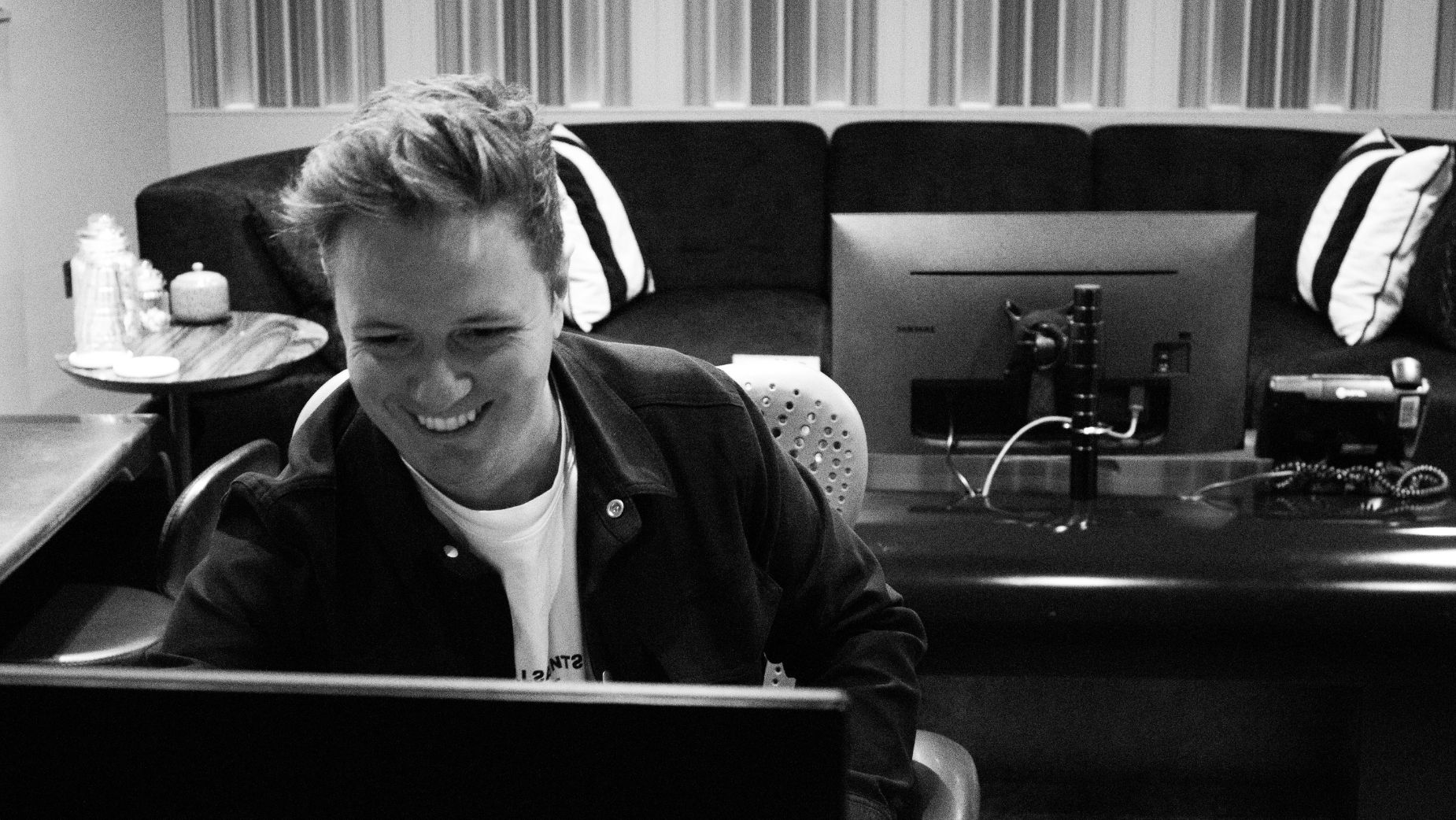
LBB> Take us through your studio set up.
Mark> At Factory, we all move around the studios so I can't really change up the hardware too much. One day I'll convince Anthony to get some decks in the rooms... Other than that, I do like to set my sessions up in a certain way. Everything colour coded, groups of sounds being bussed and processed independently depending on their frequency content etc. I also do a lot of my sound design in Soundminer, so I've amassed a bit of a collection of VST racks and radium patches which I can quickly recall when I want to create new sounds.
LBB> What does an average day in the studio look like for you?
Mark> Sometimes I'll have 5-6 smaller projects on the go that I'm bouncing between, sometimes I'll just be focused on one or two bigger ones. At the moment I'm nearing the end of one of the bigger jobs I've completed this year, so my days are pretty much now filled with all the cutdowns, cinema mixes and final deliverables. Next week, I'll be starting up on three new projects which are all completely different so it'll be a nice reset.
LBB> How do you like to start a project?
Mark> Where time allows, I like to do as much prep work ahead of starting as I can. Going through the session and marking up important moments, adding thoughts or notes to myself, questions I need to ask etc.
I also like to try and get as many sounds ready as possible before I start editing to picture. This usually means recording material, doing SFX searches in our libraries or doing separate sound design sessions where I just create lots of bespoke material. Once I've done this, I'll collate all the sounds I've found/created for the project and label them with a project tag. This allows me to then import them back into my SFX library and easily find them when I do start tracklaying.
I personally prefer to have longer chunks of time when sound designing so I can get into a flow, by doing as much prep and admin as possible beforehand allows me to hit the ground running and be way more efficient with my time.
LBB> What helps you get into the creative zone?
Mark> As a general note, the earlier we get involved with a project the better. Being able to go through a director's treatment or see early storyboards/animatics etc allows us to start thinking about creative approaches well before we start the actual work. One of the biggest helps is knowing if and what music, or at least musical direction a project may take. If I have the music before I start the sound design, I can really listen to it and begin thinking about what sort of sounds will work, where the space is and how I can get the best mix possible. A film with a delicate, orchestral score might require completely different sound design to a full frequency pop track.
Also, just listening to other work - there are so many talented people in our industry, there's inspiration everywhere. I love a bit of competition, hearing another person's work and thinking "... shit that's good" just makes me want to learn more and become better.
LBB> What new technology or new 'modern convenience' has really been a game changer when it comes to how you weave your magic in the studio?
Mark> Right now the biggest game changer I've personally seen in the last few years is the introduction of AI tools. Especially when it comes to cleaning up what would have previously been considered unusable audio. I'd have loved access to these tools back in lockdown when we were having to mix VO's that had been recorded in questionable locations on peoples phones. They can also be used as really cool sound design tools as well if you feed random sound effects into them. It's both impressive and scary how quickly this technology has come about and I'm super excited to see what will be possible in years to come. Hopefully we still all have a job.
Also, Soundflow with Streamdecks looks like it could be a massive game changer. Being able to customise shortcuts and scripts will significantly speed up our workflow. Having to click 4-5 things to perform an action doesn't take a long time. But doing it in one button is obviously quicker, and when you consider that as engineers we may perform these actions literally thousands of times over say a year, it will all add up!
Michalis Anthis
Senior sound designer and composer, Machine

LBB> Take us through your studio set up - how do you like to have it? What are your favourite touches?
Michalis> I like my setup neat, efficient and resourceful. Our computer is the latest Mac Studio M2 Ultra 128GB running the latest Pro Tools and Logic Pro X controlled by an Avid S4. For voice records, ADR and Foley I use the classic Neumann U87 and a Sennheiser MKH 416 going to a Focusrite 8 channel pre mkII.
In terms of plugins some of my favourites are Fabfiter’s Total Bundle, Avid Pro Series, Kilohearts, Izotope’s RX and Mastering Suite and the Sound Toys Bundle. For virtual Instruments and synths, Reactor, Super 8 and Serum are being used on a daily basis.
For monitoring we have a 7.1 Genelec configuration and have already wired the studios to upscale to Atmos soon.
My favourite touch is our Manley VARIABLE-MU limiter / Compressor that we run our mixes through for that extra warmth.
LBB> What does an average day in the studio look like for you?
Michalis> I will start my day by checking my emails and go through the schedule of the day. We will have a catch up with the production team and discuss current and upcoming projects. Then I will be in the studio for the rest of the day, having zoom calls with agencies and directors. I will try to get a few breaks to stretch or walk and most of the days me and the team will try to have lunch together. It’s so nice switching off for a little bit.
LBB> How do you like to start a project?
Michalis> On a pre-production stage, I like to read the storyboards and scripts. Even better If there is an animatic where you can test ideas and play around. When the edit is ready I will watch it various times. I also like to watch it a few times with no sound at all. This helps me to explore various routes and make creative suggestions. Then I will have a call with the director / creative team to go through the sound brief and direction. It's very important here to ask the right questions and take notes making sure you are all on the same page. Then I will start my session and set it up accordingly.
Good organisation and housekeeping are really important for me as they always save me a lot of time across the whole duration of the project. Depending on the size of the project it might have to be a collaboration with other colleagues so a clear distribution of tasks and good communication between us will be very important.
LBB> What helps you get into the creative zone?
Michalis> One of the most important factors for me is when I am given enough time. This allows me to test ideas and see what works. On the contrary though, too much time can be counterproductive and lead to plenty of unfinished ideas.
Also, a good creative team on a project that is not afraid to take risks and challenges, encourages me to explore more and go bolder with my creative executions.
LBB> What new technology or new 'modern convenience' has really been a game changer when it comes to how you weave your magic in the studio?
Michalis> The processing power is really important I think. It removes so many limitations in your daily workflow. The number of tracks, plug-ins and instruments you can use has increased exponentially.
I also love our new Audio over IP Dante configuration, which allows a tremendous flexibility in routing audio literally everywhere. Both of our booths for example can be used from one studio, or one studio can send audio to the other. We could also record an artist in one of London’s booths or play our mix to an editing session in LA.
Phil Bolland
Sine audio, founder and lead engineer
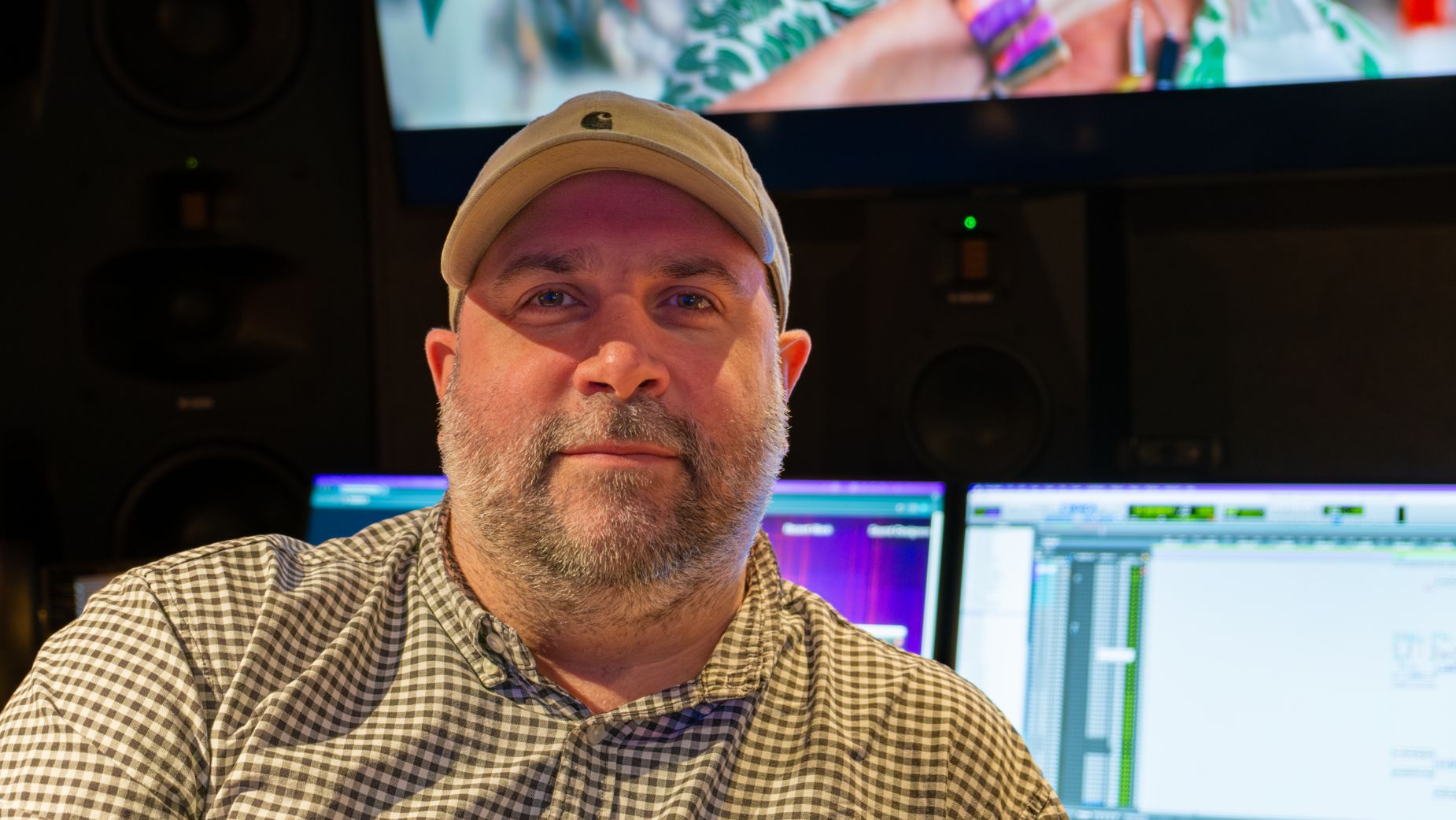
LBB> Take us through your studio set up - how do you like to have it? What are your favourite touches?
Phil> I have a hybrid system in my studio that means I can incorporate both analogue and digital workflow. When running sessions, I use Pro Tools software and work exclusively in the box, so that projects can be easily recalled. However, I also have a wealth of outboard equipment such as EQs, Compressors and FX units that I can lean on if I wish to add a hardware flavour to the sounds I am shaping.
Two of my best pieces of hardware are my SSL Buss Compressor and Dangerous Audio 2 Buss Plus Summing Mixer. They are both high-end audio processors that add a real polish to the sounds they treat. When it comes to sound design, there are lots of excellent plug-ins within the computer that I will go to create and shape my effects, as well as great mixing tools for controlling levels. But it doesn't matter what you do if you can't monitor your audio correctly. So, my favourite pieces of studio gear are my Adam S5H monitors which have a real depth of field and clarity that allows me to hear the nuance in the work I create.
LBB> What does an average day in the studio look like for you?
Phil> I start each day by meeting with our MD Julian Marshall, to discuss the work schedule for the coming days. Once that’s done, I make a start on my sound work. I tend to work on several projects at once and the range of work I do can be really varied, so each day is different. Depending on the project, I could be recording a voice over, editing an orchestral score, mixing a film, or creating monster sound effects. This is a huge part of why I love my job, no two days are the same and each project brings its own unique set of challenges!
LBB> How do you like to start a project?
Phil> I do have a fixed way I like to work, especially when it comes to technical set up like my audio levels. However, how I tackle each job creatively is dependent on what the project requires. If it is going to be led by the sound design, I may spend the first part of the process sourcing and creating the sounds I need. For dialogue or an animated piece, the process may be more about casting and recording the characters or editing the takes for the animators to work to.
For live action, I’ll begin by editing and balancing the dialogue and mixing the editors supplied audio. If the film is going to be music lead with a licensed track, I will instead spend days testing music tracks editing them to picture. As I said before, no two days are ever the same!
LBB>What helps you get into the creative zone?
Phil> I’m always looking to challenge myself on jobs. Sometimes I’ll try a new software or technique that I’ve not used before. Other times I’ll watch audio tutorials to learn new plug-ins. I’ve found it’s a great way to stay fresh and keep pushing yourself. I also like listening out for new tricks in Films, TV and Music.
LBB> What new technology or new 'modern convenience' has really been a game changer when it comes to how you weave your magic in the studio
Phil> Audio plug-ins are so integral to my workflow, and they just keep getting better! From sound design to mixing and mastering, there are so many excellent tools out there. I love working out new solutions, so this technology really helps me push my sound forward. I’ve found that audio restoration tools have hugely sped up my workflow when it comes to cleaning up poorly recorded audio. Also, the AI tools that are appearing on the market, like voice resynthesis, are really pushing forward the boundaries of what is achievable.
Scottie Richardson, Camp Lucky
Sound designer and audio engineer
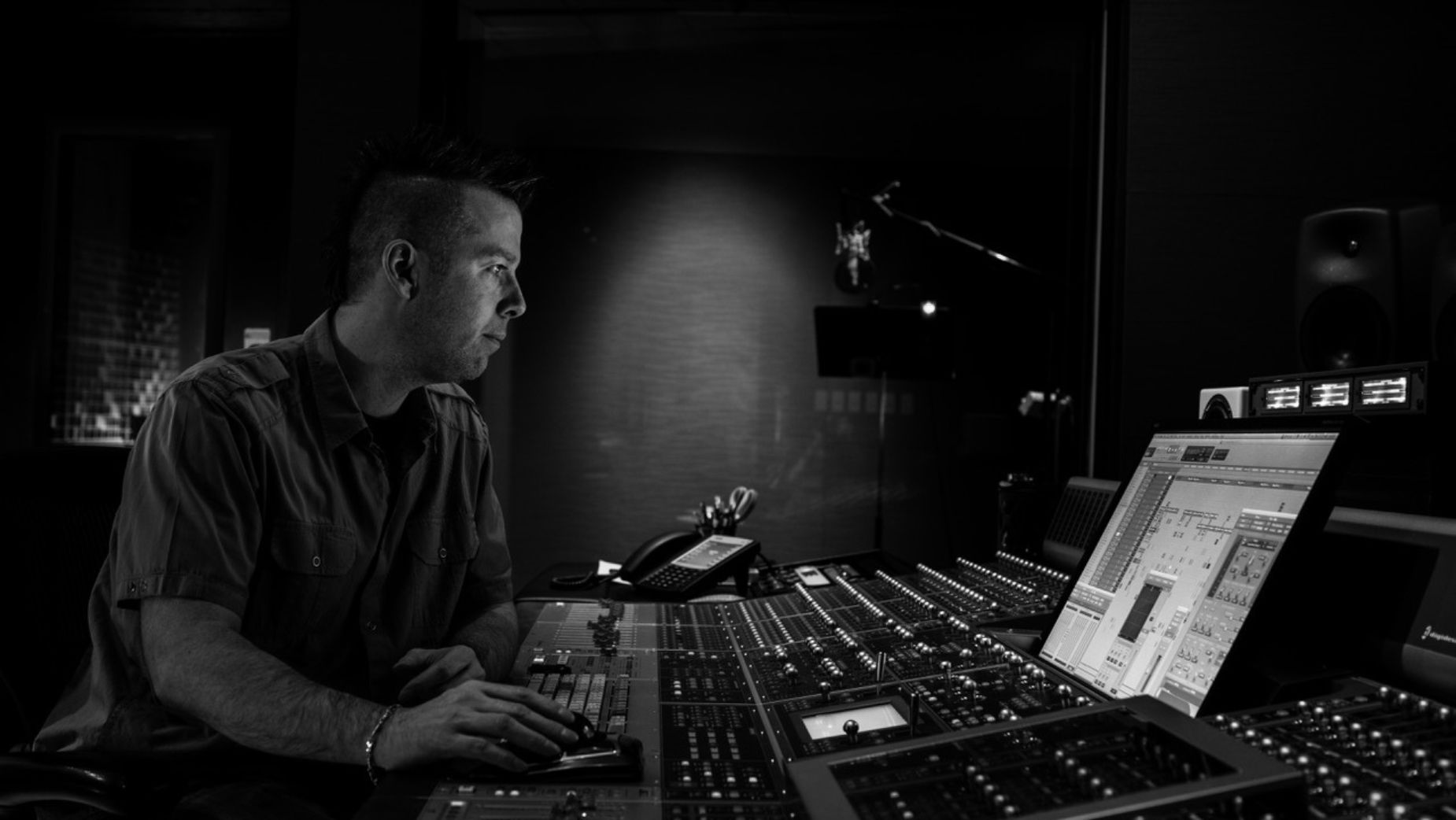
LBB> Take us through your studio set up - how do you like to have it? What are your favourite touches?
Scottie> The new studio is a nice comfy space, like a warm hug. Unlike most of the studios I have been in, this one has frosted windows that let in natural sunlight. It consists of two AVID S1’s and a Dock, and everything has been wired and programmed so no wasting time routing. Even with large format consoles from my past I tried to stay put in the centre as much as I could. This new setup keeps me in the sweet spot the whole time. Taking the time to have set up soft keys and templates on the iPad Pros makes my most used functions very quick and easy to get to.
LBB> What does an average day in the studio look like for you?
Scottie> The great thing about my days is they are always different. I may be recording voice over, sound designing and mixing music for a TV commercial or radio spot, and the next day doing dialog cleanup and mixing reels for a TV show. Some days you have clients in person and some days they are logged in virtually. I always like to make sure they can still interact with the talent, the rest of the clients, and me. Creatively, I love figuring out new ways to do things and I like problem solving. Keeps me inspired and on my toes.
LBB> How do you like to start a project?
Scottie> I like to get everything sorted out and listened to track by track. Organising my music at the top of the session followed by announcer, sync, then sfx. I then just focus on SFX and decide what needs to have things added to or made mono or mono to stereo. After I feel like things sound great just with the SFX I mute those out and work on the dialog and clean up. I typically swap back and forth quickly tackling things that hit me right away and stand out. That keeps me from getting into the weeds too soon.
Once it's all really coming together, I like to see how far I can go with some things. I love exploring how I can push the audio boundaries -- which can mean layering in an unexpected sound or even playing with silence -- as the opportunity to explore audio as a supporting character in the narrative.
LBB> What helps you get into the creative zone?
Scottie> I like to start my session with a nice cup of golden milk and the lights down low. Day to day I like to watch different shows and listen to a variety of music to be inspired by new soundscapes. I’m currently addicted to home improvement shows and jazz fusion. I also like documentaries or bios on various subjects and always find wisdom or inspiration in how successful people have done things; Their work ethic, or how they handle and come back from adversity. Just getting into their mindset on a completely off the wall subject gets my mind working.
LBB> What new technology or new 'modern convenience' has really been a game changer when it comes to how you weave your magic in the studio?
Scottie> Compared to how I used to have to do things with hardware boxes and lots of hours of tinkering. iZotope RX has made my life so much better. I wish I could go back to some jobs in the 90s with these plugins. Even after all my time using them, I still surprise myself with the issues I can fix. What used to be considered a helpless dialog track can now be smoothed out and cleaned up like nothing was wrong.
Sean Mahoney
Sound designer, Jungle
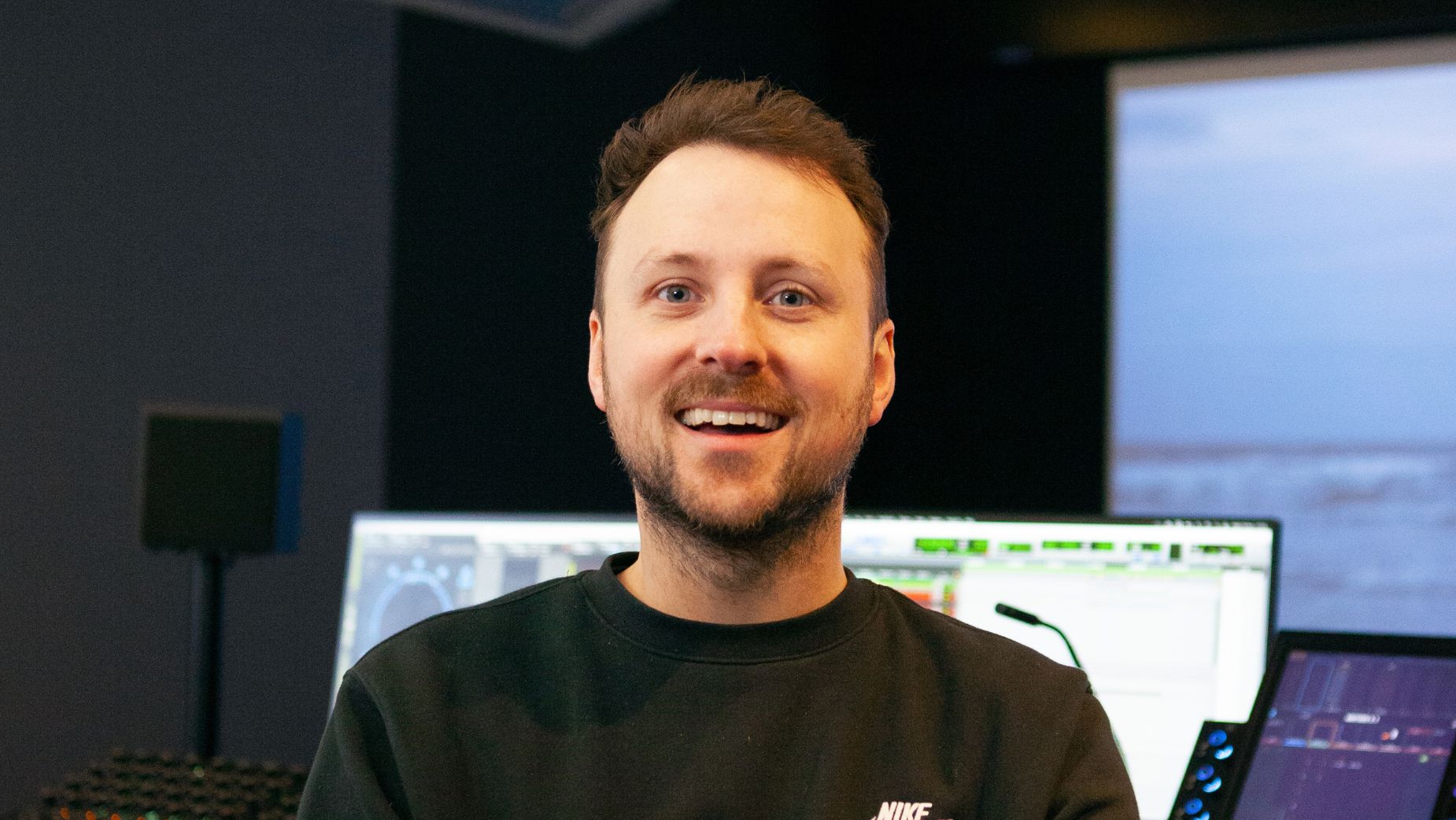
LBB>Take us through your studio set up.
Sean> We all share the studios at Jungle however, Studio 3 has to be one of my favourites to work in. There's a massive window into the control room overlooking Wardour Street, so you get plenty of natural light. My favourite bit of kit would have to be our Neve Portico 5015 preamps, anything you put through it just sounds so good. Plugin-wise I love all the FabFilter stuff, the Pro-Q 3 I use on pretty much everything. I am now also a fully converted trackball user, I absolutely love it. However I have my tracking speed set superfast, which I know annoys some of my fellow sound engineers.
LBB> What does an average day in the studio look like for you?
Sean> I like to get into Soho nice and early and have my much-needed morning coffee. I’ll go over my emails and listen to some music. I'll then check that everything is up and running in the studio and then jump into my first session of the day. The thing I love about my job is its unpredictability and you never really know what to expect from the day ahead. No two days are the same and each session can be completely different from the last.
LBB> How do you like to start a project?
Sean> I like to get involved in a project as soon as I possibly can. Having a meeting with the team before anything is shot is really beneficial. This allows an opportunity to discuss and resolve any potential obstacles and ensures we approach the project in the most effective way possible. Getting on board nice and early also allows ample time to start thinking about sounds in my head. I then tend to start collating and recording sounds that might prove valuable down the line.
LBB> What helps you get into the creative zone?
Sean> I find it really useful to draw inspiration from different sources. Depending on the project, I’ll often go looking for references in films, music, and other pieces of work.
LBB> What new technology or new 'modern convenience' has really been a game changer when it comes to how you weave your magic in the studio?
Sean> Izotope RX stands out as an essential tool in my workflow. It’s incredibly powerful for cleaning up dialogue, especially since they introduced RX Connect. Being able to so seamlessly export audio to the standalone version, utilise all of its features, and then render it directly back into your project so quickly has been an absolute game changer.









